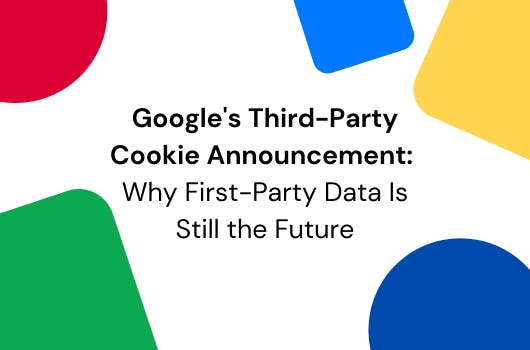Value-Based Bidding: Start bidding on the customers who impact your bottom line
Discover how Value-Based Bidding (VBB) can revolutionize your advertising approach by targeting customers who truly impact your bottom line.
Read Article2020-06-25
It won’t be a surprise to anyone who works in digital marketing to hear that one of the key aspects of effective advertising on Facebook is the pixel. In fact, Facebook advertising performance can see an average of 25% or more improvement from fine-tuning the pixel. Despite this, Facebook pixels are often implemented incorrectly or just not used to full their capability.
A Facebook pixel is a snippet of code placed on your site used to measure the impact of your social media campaigns. This piece of code unlocks insight into how users are behaving on your site, as well as across the web.
You can then use this behavior as signals to curate the most relevant information to serve. Pixels can fundamentally change how we target an audience. Considering how important the pixel is, it is often used incorrectly, or too simply, meaning that there is missed opportunity at best, and incorrect marketing information at worst. We recently unpacked some pixel best practices in our webinar “Pixel Perfect: making the most of Facebook tracking”, below is a summary.
Before we dive into common implementation errors, it is important to go back to basics. Below are three important reminders on the different elements of the Facebook pixel.
All of these efforts serve to make sure you are collecting the right information about your potential customers, and using it at the right time to serve relevant offers and information that is most likely to resonate with them.
This all sounds amazing, right? Now you need to make sure that you implement your pixels correctly. Correct implementation can be quite tricky, so it is essential to take these points into consideration in the process:
We recommend you design your own pixels, and steer away from using standard pixels. You can customize each Facebook pixel according to your organisation’s KPIs.
A good starting point when designing your pixel is to ask yourself – what data do I need to collect to identify and create the audience segments I need to be able to paint a picture of my users’ behavior? This will enable you to optimize your digital marketing strategy.
It is really important to focus on the partnership between your Facebook analytics and your website analytics tool. Facebook analytics is often undervalued in comparison to your other analytics tools. For high data accuracy, it is essential to make sure your Facebook analytics are integrated correctly.
If used correctly, the Facebook pixel can become your digital passport to unlock effective, efficient and relevant social media advertising. To get into more detail, view the full webinar, which includes a demonstration of an implementation process, common pixels that we recommend tracking, and more. We also have a range of training courses to help you with Facebook advertising.
Alternatively, you may want to find out more about our comprehensive Facebook Pixel audit, to discover opportunities to take your Facebook advertising performance further. Contact us for more information on our audit.

Discover how Value-Based Bidding (VBB) can revolutionize your advertising approach by targeting customers who truly impact your bottom line.
Read Article
In a (not so) surprising turn of events, Google announced that it would not be deprecating third-party cookies as planned. This decision sent ripples through the digital advertising and marketing industries, leaving many advertisers wondering about the implications for their data strategies. Despite this unexpected move, here at Jellyfish, we still believe in the importance of investing in first-party data, and server-side tagging remains as critical as ever.
Read Article
To support their GDPR and business objectives we implemented a 360 view using our Data Deep Dive methology.
See Case Study